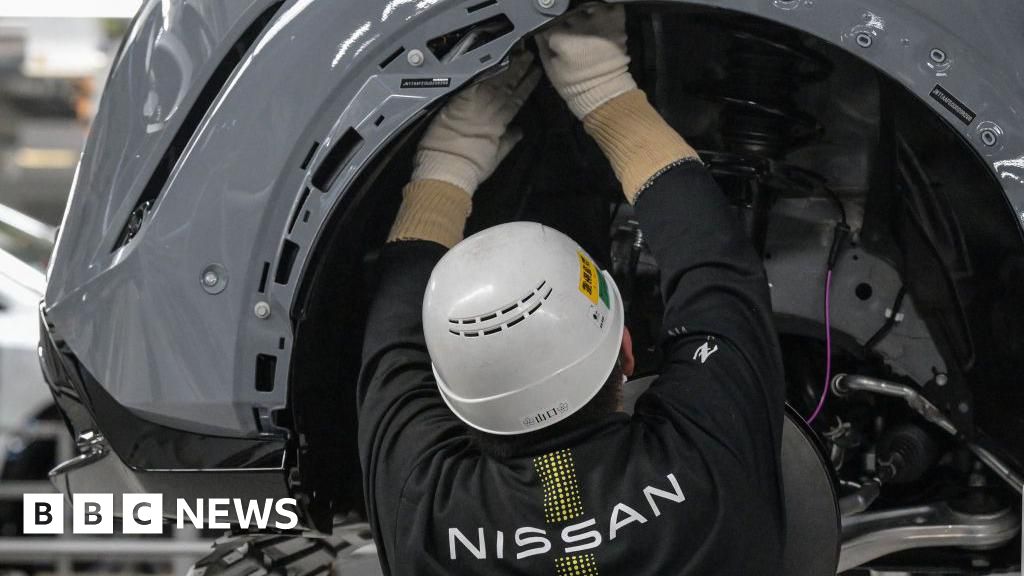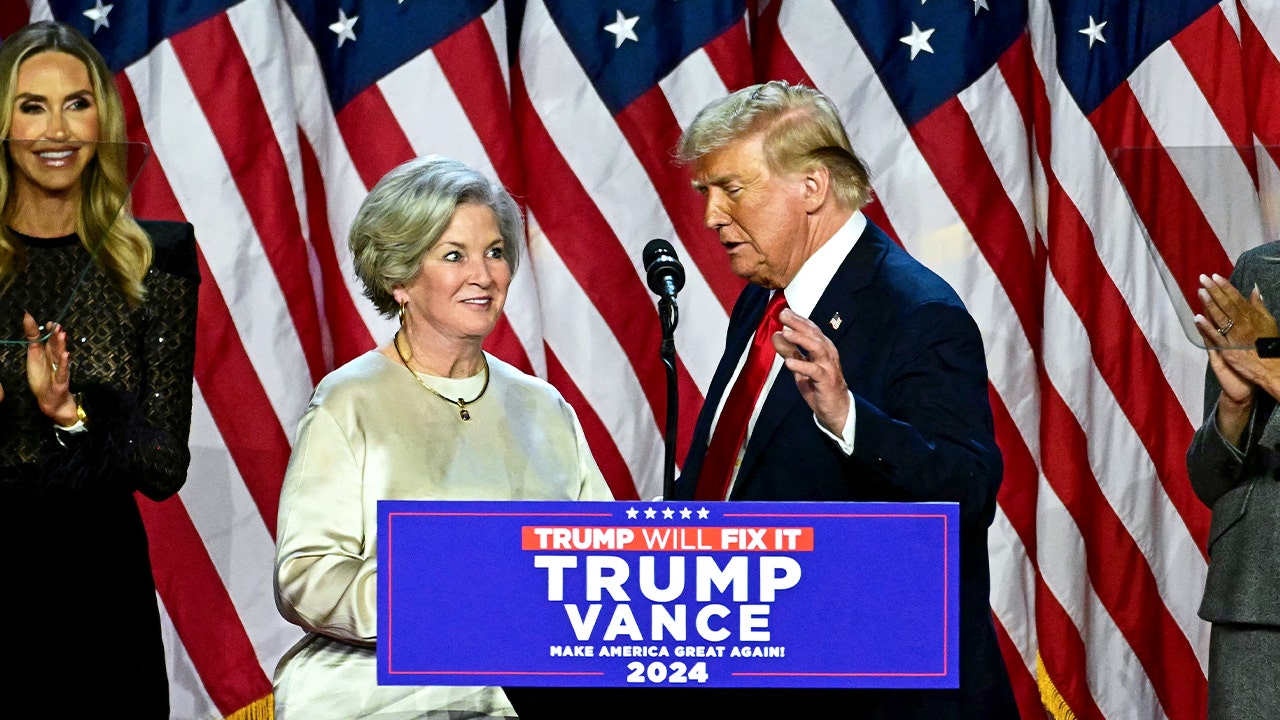It’s never been cheaper or easier to produce electricity from the sun.
Economies of scale and government subsidies, especially in China, have helped to drive down solar energy prices by 85 percent since 2010, supercharging a global boom in new hookups. This year, for the first time, investors are expected to put more money into solar than oil.
That’s good news for the climate. But the solar energy supply chain is still dominated by China, an authoritarian regime engaged in a trade war with the U.S. And many of the industry’s key materials and components are made with forced labor from the Xinjiang region in western China.
In recent years, other countries, led by the U.S., have finally gotten serious about trying to challenge China’s dominance. But according to new research covered by my colleagues Ana Swanson and Ivan Penn, those efforts are having mixed results at best.
The report, produced by human rights and solar industry experts, found that the vast majority of solar panels still have significant exposure to the Xinjiang region, where the U.S. and the U.N. say the Chinese government is committing numerous human rights violations.
Solar companies have also started sharing less information about where they source their materials, making it harder to determine whether panels are produced with forced labor.
All of this poses a huge problem for governments like the U.S.: Do they want clean solar power, or to stand up for human rights? The only way to have both is to build up their own solar capacity.
As Ivan told me: “The core question is: How do you create a clean supply chain at this point, when you’re so far behind?”
How we got here
China spent hundreds of billions of dollars building up its solar industry. Today it controls more than 80 percent of the building blocks for solar panels, dominating production along the entire supply chain. China’s market share is projected to rise to 95 percent in the coming years, based on manufacturing capacity under construction.
Other countries were content to reap the benefits of that arrangement for a long time. It was largely thanks to China’s enormous investment and innovations that solar panel prices fell so far, so fast. No one else seemed particularly interested in investing in a commodified, low-margin technology. The well-known fact that China was forcing Uyghurs, an ethnic minority in the Xinjiang region, to work in its factories, was conveniently overlooked.
Recently though, there has been a growing desire to chip away at China’s dominance. The International Energy Agency said last year that expanding and diversifying the solar supply chain beyond China was a crucial step for the world’s energy transition.
A U.S. trade court concluded last year that four of the biggest Chinese solar producers were violating tariffs by laundering products through factories in Southeast Asia. Add to that the human rights violations and rising geopolitical tensions, and getting tough on Chinese solar became a rare issue with bipartisan support in Congress.
But that pushback also ran headlong into economic reality. Taking a tougher line on China right away would cripple the U.S. solar industry at the very moment it is racing to meet ambitious clean energy goals. President Biden vetoed legislation that would have immediately reinstated tough tariffs on some Chinese solar products, effectively giving the U.S. industry a couple extra years to try and diversify its supply chain.
That clock is still ticking. But there is so far no sign that other countries will be able to match China’s output of solar products anytime soon.
“Where are all the raw materials going to come from, especially when you’re ramping up at the pace that we are?” Ivan said.
How to fix it
The climate law signed by Biden last year seems like just the kind of government support that might jump-start the nation’s nascent solar industry.
Several companies have already announced big investments in U.S. solar manufacturing thanks to the law. Companies including First Solar use a production method that does not require polysilicon, leaving them much less dependent on China.
But as the new report shows, producing the volume of solar panels that the planet needs without any products from the Xinjiang region will be exceedingly difficult.
There simply aren’t enough companies elsewhere in the world making the essential materials and components needed for photovoltaic panels. And as competition heats up, manufacturers are increasingly unwilling to be transparent about their supply chains, for fear of tipping off their rivals.
Even if production moves out of China, costs may creep back up, eroding some of the economic benefits that have made solar so popular in recent years. Solar manufacturing costs in China are estimated to be 10 percent cheaper than in India, 20 percent lower than in the U.S. and 35 percent lower than in Europe.
That all sounds daunting. But 10 years ago, almost no one thought that solar power would be as cheap or efficient as it is today.
It will take real investments, smart policy, tough permitting decisions, a bit of luck and a whole lot of land. But the industry is racing to catch up with China. Ivan told me that most of the sources he speaks to have a simple message for him: “We’re going to have to run faster if we want to catch up.”
What cities are doing to keep cool
People across the world are still sweltering under unrelenting heat. But there are ways for cities to help people cool down. Heat officers in places like Sierra Leone’s capital of Freetown, Miami-Dade County, Fla., Phoenix and Athens are working to figure out localized solutions. And C40, a network of the world’s biggest cities committed to addressing climate change, has compiled several solutions that are already in use.
Understanding the problem. Cities are measuring urban heat in different neighborhoods and poring over health data to identify clusters of vulnerable people. New York has developed a heat vulnerability index to map how heat affects each community, while Melbourne started focusing its response on homeless people.
Many cities have developed heat wave action plans. Ahmedabad, in India, estimates it prevents over 1,000 deaths a year with its plan, which includes an early warning system and training health care professionals. The best action plans focus on keeping people informed and tracking available resources. Paris and other cities offer an app that assesses the heat vulnerability of users, directs them to cooling centers nearby and suggests cooler walking routes.
Cities are also trying longer-term solutions. Using white paint to cool down surfaces is a widely adopted strategy. Los Angeles and other cities have included cool roofs in their building code requirements. Greening spaces is another powerful intervention. One study, reviewed by El País, found that covering 30 percent of a city with trees and other vegetation could slash heat-related deaths by a third. Several cities are trying it. Medellín has been building interconnected green corridors that, according to its own reports, have lowered temperatures by 3.6 degrees Fahrenheit (2 Celsius).
Beyond providing respite from the heat, cities can also do a lot to help curb global warming, like improving public transportation and making buildings more energy efficient. Read more here about what local governments are doing on that front.
—Manuela Andreoni
Other climate news
The weather report
Dangerous heat has returned to Texas and Oklahoma, with the worst weather affecting an area that largely escaped the earlier summer heat wave: Dallas. People in the city and the surrounding area could see their hottest temperatures of the year, with temperatures from 105 to 111 degrees Fahrenheit possible.
Forecasters in Dallas say the heat is drier, which will allow “for efficient cooling when using misting fans outdoors.” But in portions of the Southeast, including Arkansas, Mississippi and Louisiana, humidity will combine with the high temperatures to push the heat index over 110 most afternoons this week.
In Phoenix, temperatures on Monday fell below 110 degrees for the first time in 32 days. But they are likely to climb back above 110 again later this week, as the high pressure shifts back west.
—Judson Jones















































